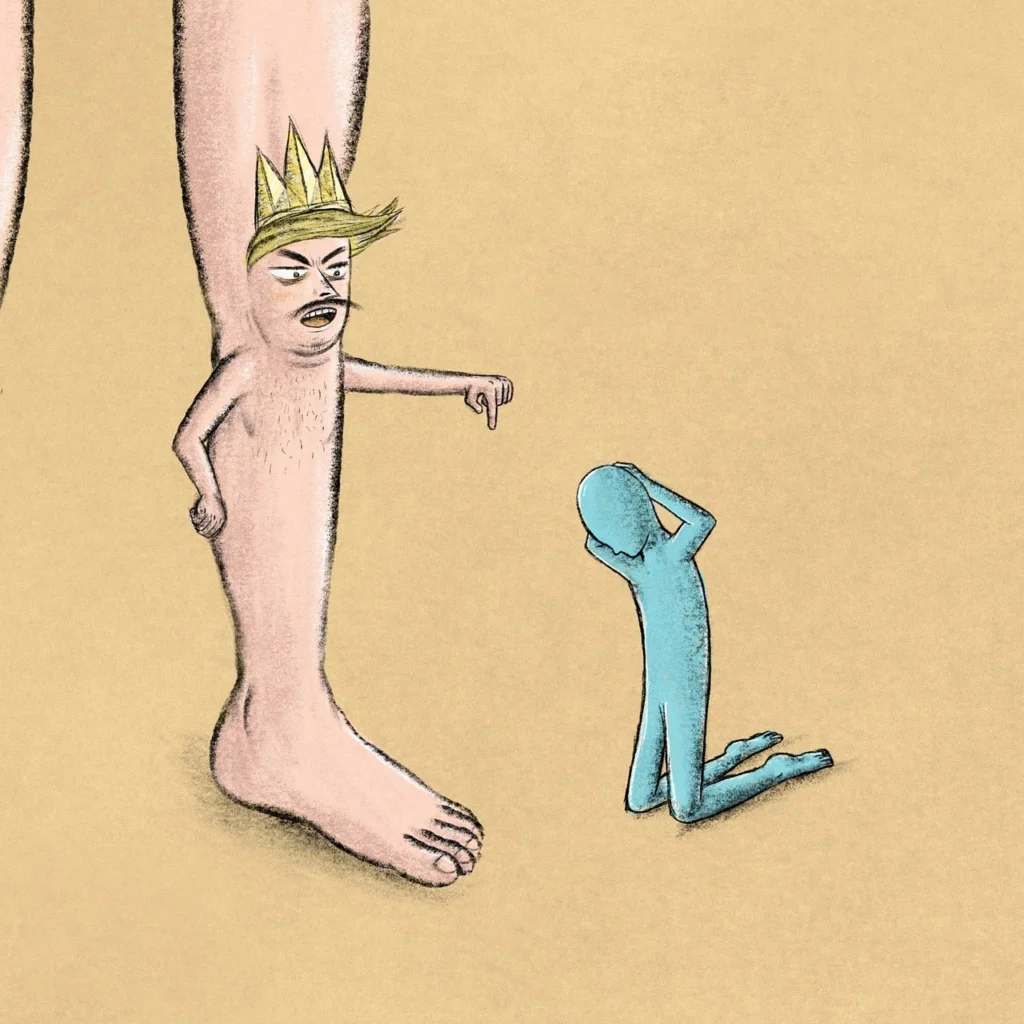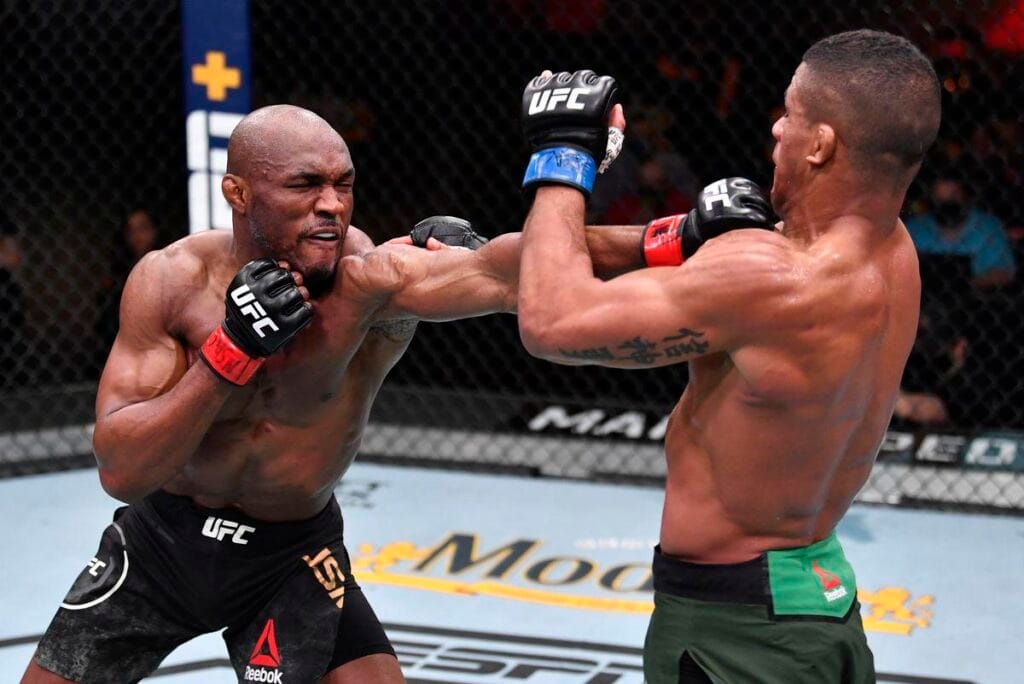Illegal moves in martial arts are techniques, strikes, or maneuvers that are explicitly prohibited by the rules governing a specific martial art or competition.
These moves are banned to ensure the safety of participants, maintain sportsmanship, and uphold the integrity of the sport.
The primary reason for deeming certain moves illegal is to prevent severe injuries, as martial arts involve high levels of physical contact and risk.
Therefore, rules are established to minimize the potential for harm while allowing competitors to demonstrate their skills within a controlled environment.
Safety is paramount in martial arts, and illegal moves are often those that pose an excessive danger to opponents.
Techniques targeting vulnerable areas such as the eyes, throat, or groin are typically prohibited due to the risk of permanent injury.
Similarly, moves that could lead to concussions, bone fractures, or severe joint damage are banned.
These regulations ensure that martial arts competitions remain a test of skill, strategy, and physical conditioning rather than a contest of brute force or recklessness.
Sportsmanship is another crucial aspect of martial arts, and illegal moves can undermine the spirit of fair competition.
Martial arts emphasize respect for one’s opponent, discipline, and ethical conduct.
Allowing dangerous or unfair techniques would contradict these core values.
By banning such moves, organizations promote an environment where competitors can challenge each other honorably and respectfully.
Each martial art has its own set of rules, and these can vary significantly between different styles and organizations.
For example, what is considered illegal in Brazilian Jiu-Jitsu might be permissible in Mixed Martial Arts (MMA) under certain conditions.
This variation means that practitioners must be well-versed in the specific regulations of their discipline and any competitions they enter.
Understanding these rules is crucial for both the safety of the competitors and the integrity of the sport.

Striking Techniques: Illegal Hits and Blows
In various martial arts styles, certain striking techniques are deemed illegal due to the high risk of severe injury they pose.
These include groin strikes, strikes to the back of the head, and throat strikes.
Understanding why these moves are banned can provide insight into the safety measures that are integral to martial arts competitions.
One of the most universally prohibited strikes is the groin strike.
Found in disciplines such as Muay Thai, karate, and boxing, a direct hit to the groin can cause extreme pain and potentially long-term damage.
The groin area houses sensitive organs that are particularly vulnerable, making this type of strike both dangerous and unsportsmanlike.
Striking the back of the head, often referred to as a “rabbit punch,” is another illegal move across many martial arts styles, including boxing and mixed martial arts (MMA).
The back of the head is a particularly sensitive area, containing critical nerve centers and arteries.
A forceful blow to this region can result in severe neurological damage, including concussions, spinal cord injuries, and even fatalities.
For these reasons, strikes to the back of the head are strictly regulated and penalized in professional and amateur competitions.
Throat strikes are also banned in numerous martial arts disciplines.
The throat houses vital structures such as the trachea and major blood vessels, making it an exceptionally vulnerable target.

In close-combat sports like karate and MMA, a strike to the throat could obstruct breathing or cause severe internal damage, making it a highly dangerous and unethical technique.
The rationale behind banning these illegal hits and blows is rooted in the preservation of athlete safety and the integrity of the sport.
By prohibiting such dangerous techniques, martial arts organizations aim to minimize the risk of catastrophic injuries while maintaining a fair and competitive environment.
These regulations underscore the importance of safety in martial arts.
Ensuring that the focus remains on skill, strategy, and respect for one’s opponent.
Illegal Grappling and Submission Techniques
In various martial arts disciplines, including Brazilian Jiu-Jitsu, Judo, and wrestling.
Grappling and submission techniques form the core of their combat strategies.
However, certain moves are deemed illegal due to their potential to cause severe injuries.
Among these, neck cranks, small joint manipulation.
And spine locks stand out as particularly hazardous.
This section delves into these prohibited techniques.
Explaining the reasons behind their illegality and the potential harm they can inflict.
One of the most dangerous and therefore illegal techniques in grappling is the neck crank.
This move involves twisting or pulling the opponent’s head in a way that strains the neck muscles and cervical spine.
The risk of severe spinal cord injury, paralysis, or even death is high.
Making neck cranks banned in most competitive martial arts.
The delicate nature of the cervical spine means.
That any excessive force or improper application can result in catastrophic consequences.
Small joint manipulation, which targets the fingers, toes, or wrists, is another banned technique across many martial arts.
Grappling styles such as Brazilian Jiu-Jitsu and Judo prohibit these moves because the small joints are particularly vulnerable to breaks and dislocations.
Manipulating these joints can cause immediate, severe pain and long-term damage.
Which is why such techniques are considered unsportsmanlike and overly dangerous.
Spine locks, which involve bending, twisting, or compressing the spine.
Also, prohibited in most martial arts competitions.
The spine is a critical structure that supports the body and protects the spinal cord.

Techniques that compromise the integrity of the spine can lead to severe injuries, including herniated discs, nerve damage, and paralysis.
Because of these serious risks, spine locks are outlawed in sports where grappling is a key component.
Understanding the reasons behind these restrictions helps practitioners appreciate the importance of safety and sportsmanship in martial arts.
Banning such dangerous techniques ensures that the focus remains on skill and strategy, rather than causing unnecessary harm to opponents.
Kicking Techniques: Prohibited Kicks
In the diverse world of martial arts, kicking techniques hold a central place in the arsenal of many practitioners.
However, certain kicks are universally prohibit ❌ across various disciplines due to their potential to cause severe injury.
Understanding these illegal kicks and the rationale behind their prohibition is crucial for ensuring the safety of competitors and maintaining the integrity of martial arts.
In Taekwondo, for instance, kicks aimed at the knees are strictly forbidden.
This rule exists to prevent long-term damage to the knee joint.
Which can lead to debilitating injuries and potentially end a fighter’s career.
The knee is a vulnerable joint, and a well-placed kick can cause dislocations or ligament tears.
Making this restriction essential for protecting athletes.
Similarly, in mixed martial arts (MMA) and kickboxing, soccer ⚽ kicks to a grounded opponent are illegal.
This prohibition is designs to safeguard fighters who are already in a vulnerable position.
A soccer kick, delivery with full force to the head 🗣️ or body 👅 of a ground opponent, can result in concussions, fractures, and other serious injuries.
The restriction aims to prevent excessive brutality and ensure a fair contest.
Another common illegal move across various martial arts styles is targeting the groin with kicks.
The groin area is highly sensitive and susceptible to severe pain and injury.
Prohibiting groin kicks helps to maintain a level of sportsmanship and respect among competitors.
Reducing the risk of unnecessary harm.
These restrictions on kicking techniques are not arbitrary but are carefully consider measures to enhance the safety of martial arts competitions.
By understanding and adhering to these rules.
Practitioners can focus on honing their skills while minimizing the risk of causing or suffering from debilitating injuries.

As martial arts continue to evolve, the emphasis on safety and respect remains a cornerstone of these ancient and modern combat sports.
Throws and Takedowns: Forbidden Techniques
Throws and takedowns are fundamental aspects of martial arts disciplines such as Judo, Sambo, and wrestling.
However, certain techniques within these categories are deem too dangerous for competition and are consequently ban ❌.
One such technique is spiking, which involves driving an opponent’s head directly into the ground.
This move poses a high risk of severe injuries including concussions.
Spinal cord damage, and even paralysis.
Due to these considerable hazards, spike is strictly prohibit across various martial arts tournaments.
Another category of banned techniques includes dangerous suplexes.
While suplexes are a common method of throwing an opponent.
Certain variations are outlaw due to their potential to cause significant harm.
For instance, the back suplex.
An opponent is lift 🛗 and thrown backwards so they land on their neck or head, can result in catastrophic injuries.
Given the inherent risks, these moves are not permitting in competitive environments.
Other high-risk throws that are ban 🚫 in martial arts competitions include those that compromise the opponent’s safety by placing undue stress on the neck, spine, or joints.
Techniques that involve twisting an opponent’s body in unnatural ways or applying excessive force during the throw are also considering too dangerous.
The primary concern with these moves is that they can lead to long-term health issues, such as chronic pain or permanent disability.
The prohibition of these dangerous throws and takedowns is a testament to the martial arts community’s commitment to athlete safety.
By banning high-risk maneuvers, regulatory bodies aim to maintain the integrity of the sport while minimizing the likelihood of severe injuries.
This balance ensures that martial arts remain both challenging and safe for all participants.
Use of Illegal Equipment and Attire
In martial arts competitions, the integrity of the sport heavily depends on the adherence to standardized rules and regulations.
Particularly concerning the use of equipment and attire.
Various martial arts styles have stringent guidelines that participants must follow to ensure fair play and safety.
One significant area of concern is the use of illegal equipment and attire.
Which can provide competitors with an undue advantage or pose substantial risks to the health and safety of participants.
For instance, hard-sole shoes are generally are out of rules in many martial arts disciplines.
These shoes can inflict more damage than soft-sole or barefoot alternatives, thereby compromising the safety of the opponent.
Similarly, the insertion of metal objects into gloves.
Such as metal knuckles or inserts, is strictly out of rules.

These modifications can cause severe injuries, undermining the principles of sportsmanship and the well-being of the competitors.
Unauthorize protective gear is another area of concern.
While protective gear like headguards, mouthguards, and shin guards are mandate to ensure the safety of participants.
Any deviation from the approved standards can lead to significant unfair advantages.
For example, enhanced padding beyond the regulated levels can absorb more impact.
Giving the wearer an unfair edge in terms of endurance and damage mitigation.
Conversely, inadequate gear can also increase the risk of injury, not just to the user but to the opponent as well.
The prohibition of illegal equipment and attire is fundamental to maintaining the sanctity and safety of martial arts competitions.
Governing bodies enforce these rules rigorously.
Often conducting pre-fight inspections to ensure compliance.
Violations not only result in disqualification but also tarnish the reputation of the sport and the individuals involved.
Therefore, strict adherence to these guidelines is essential for preserving the ethos of fair competition and the well-being of all participants.
Penalties and Consequences of Illegal Moves
In the realm of martial arts competitions, the enforcement of rules is paramount to ensure fair play and maintain the integrity of the sport.
When competitors resort to illegal moves, they face a spectrum of penalties that can significantly affect their standing and career.
Disqualification is one of the most severe repercussions, immediately removing the offending competitor from the match and often tarnishing their reputation.
This harsh penalty underscores the seriousness with which martial arts organizations view rule violations.
Point deductions are another common consequence for illegal moves.
During a match, referees may choose to penalize a competitor by subtracting points from their score.
Which could be pivotal in determining the outcome of closely contest battles.
This method serves as a deterrent, reminding athletes that adherence to the rules is essential for victory.
Fines also play a role in enforcing discipline in martial arts competitions.
Monetary penalties can range from modest amounts to substantial sums, depending on the severity and frequency of the infractions.
These fines not only to punish but also to deter future misconduct by highlighting the financial implications of breaking the rules.
Suspension is another consequence that can have lasting effects on a competitor’s career.
Depending on the gravity of the illegal move, an athlete may be suspend from participating in future events for a specific period.
This not only impacts their ability to compete but also affects their training schedules, sponsorships, and overall career trajectory.
Referees and officials are the guardians of rule enforcement in martial arts competitions.
Their vigilant oversight ensures that competitors adhere to the established guidelines.
Referees can identify illegal moves and having power to impose penalties on the spot.
Take Their decisions by the governing body’s rulebook, ensuring consistency and fairness across events.
Through a combination of disqualification, point deductions, fines, and suspensions.
The martial arts community strives to uphold the principles of fair competition.
The diligent efforts of referees and officials play a crucial role in maintaining the sport’s integrity.
Ensuring that martial arts remains a disciplined and respected field.
Conclusion: The Importance of Adhering to Rules
In the realm of martial arts, the adherence to established rules is paramount for ensuring the safety and fairness of all participants.
Throughout this blog post, we have explored various martial arts illegal moves across different styles.
By understanding these illegal moves.
Practitioners and spectators alike can better appreciate the reasons behind the regulations that govern martial arts competitions.
Rules serve as a safeguard to prevent injuries that could arise from dangerous techniques such as eye gouging, groin strikes, and joint manipulation.
The prohibition of these moves is not merely a matter of formality but a critical aspect of preserving the well-being of athletes.
Furthermore, adherence to the rules promotes a spirit of sportsmanship and respect among competitors.
Martial arts is not solely about physical prowess but also about mental discipline and ethical conduct.
Following the rules ensures that each contest is a fair test of skill, strategy.
And endurance, rather than a reckless display of brutality.
It emphasizes the values of honor and integrity, which are central to the martial arts philosophy.
These regulations are essential for protecting athletes from unnecessary harm, fostering a fair competitive environment, and upholding the core principles of martial arts.
As practitioners and enthusiasts.
It is our collective responsibility to respect and enforce these rules.
Ensuring that martial arts continues to be a discipline that champions safety, fairness, and sportsmanship.
Let us know about your thoughts on martial arts illegal moves.
Thanks



